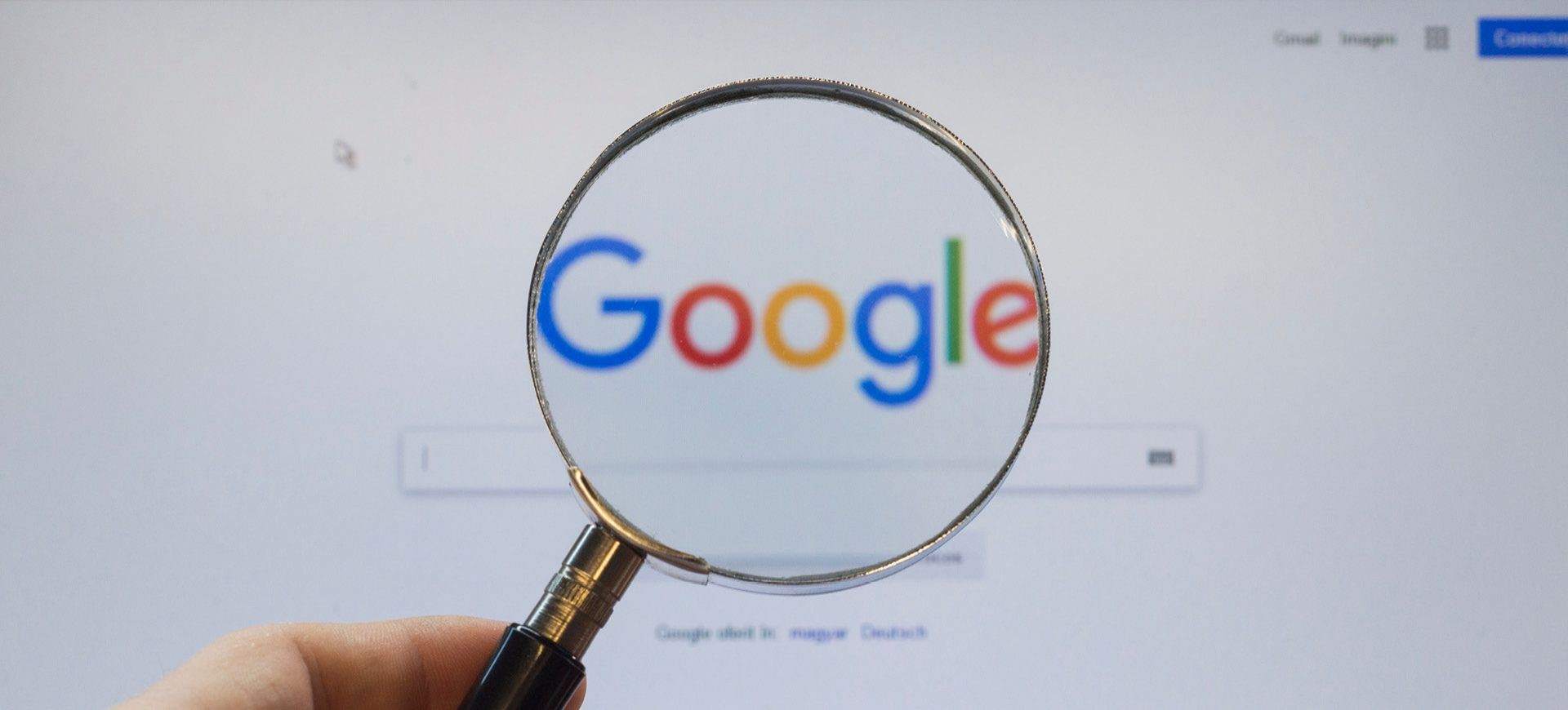23rd Apr 2018

23rd Apr 2018
Google ranks your site depending on a whole host variables which affect your listing according to your relevance to the business or service search terms the user is looking for. SEO is now a complex artform, not a quick-win, five minute job to take you to the top of page one. From the structure of your site, meta data behind your content, links, pages, cross-promotions, PR and your content itself, you need to take 360 approach to your site in order to maximise SEO opportunities.
People don't just search on Google. These days, social media search and the attention it can bring to your brand is massive. If you ignore it, you may be turning your back on numerous potential leads. Of course, each social platform will have different levels of network, some more relevant than others to your business, so you need to know which will apply and how they will work best. It's not just about which network applies to your business any more, but rather how each network can relate to the different types of content you're producing which could in turn help with referrals.
Many business have PR advisors, associates and partners they are affiliated with. You need to leverage them and make them work hard for you, with the right kinds of content cross-linked to and from your website. There is a huge opportunity and a large volume of potential traffic which you might be missing out on by ignoring the power of your network.
Once you have captured the user and you have them on your website, congratulations you've won half the battle. But, getting them to engage or enquire (or reach whichever call to action point you wish) is another story. So you've cast your line and got a bite. Here then are our tips for turning landing that prize fish.
Be relevant
User journey mapping is critical. If you haven't properly outlined or determined the journey of a typical user (who would ideally be in your target audience of course) through your site from landing pages to action/enquiry stages, then you might be presenting them with content you feel is prominent, but isn't relevant to them. Just because you think it is key information, doesn't mean they do. You need to create a structure to identify content within your site which is relevant, easy to find and directly targets any given user within your audience profile.
Be useful
See above. Showing a user what you think is key information about your business, but does nothing other than frustrate them as it stands in the way of the reason they came to your site in the first place is obviously a bad idea. The user needs to be able to find the information they came looking for. You've got them on to your site so don't drive them away because you're not showing them what they're searching for.
Be enticing
After your website's relevance and the user journey, the art of giving just enough content for the visitor to ask or enquire for more is the trick in converting. It's leveraging your content for conversion that's the thing to master. Mapping out the conversion journey is where sales and marketing coincide and it's figuring out what the website is really selling the visitor that is going to benefit. If you are not making the choice and next step easy and of value to them, they won't take it.
Be clear
In marketing, there are certain things you can tell the customers, and others you can only show. The design and look and feel of the site can reinforce the softer and more subjective perceptions of a company for the visitor - they're often more powerful emotional motivators. Ask yourself, do you need to be seen as modest, exclusive and premium? If yes, you need to show rather than tell. That goes for the brand, style and attention to detail on the site. If you're not impressing and grabbing the attention of your visitor, they might go elsewhere.
Be captivating
Captivating your visitor is another way to really emotionally connect with them. Tell a story. This can be done well with video, as instantly telling a story can provide the kind of emotional connection that B2B marketing often lacks. It's quick, focused and engaging (or at least it should be).
Be quick
We are progressively becoming more experienced in our web browsing - the numbers of pages we consume and how we utilise them is becoming more and more sophisticated. We open multiple tabs in multiple browsers on multiple screens and quite simply, if pages take too long to load we move on. It's estimated that if pages take more than 2-3 seconds to load, we're off - you've missed the boat. In extreme cases, sites that take 8-10 seconds are punished by Google and their rankings lowered, demonstrating how important speed is.